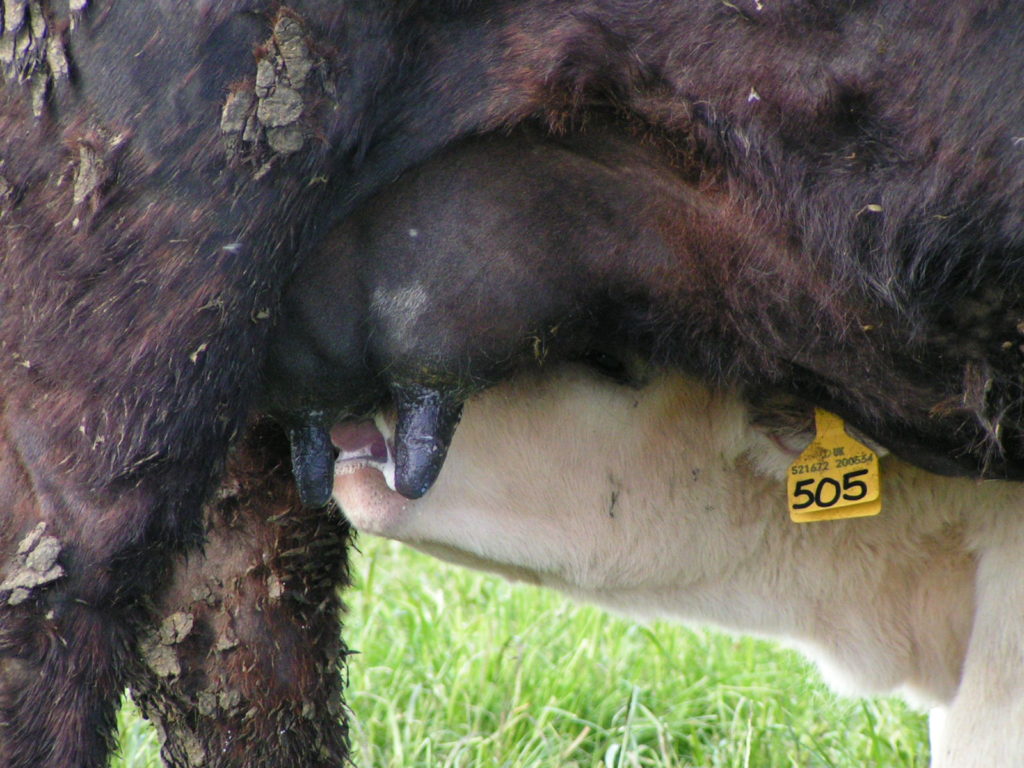Consider Antibiotic Use This Lambing/Calving Season
18 February 2020Why? By 2050, antimicrobial resistance is predicted to be the biggest cause of human mortality, exceeding cancer. Reducing dependence on antibiotics is important to preserve their use in human and animal medicine. E-coli, for instance, the bacteria responsible for watery mouth, already has a high resistance to antibiotics on some farms. So, for your livestock and for our fellow human beings, we should seek to reduce antibiotics where possible.
Sales of antibiotics to UK livestock farmers has declined in recent years – this is great, but blanket use of antibiotics during lambing and calving should be avoided – this practise favours resistance.
This year, consider the following to reduce your antibiotic use:
- Colostrum management. The colostrum from the mother contains flock/herd specific antibodies for the lamb/calf. Feeding and lambing/calving management should seek to capitalise on this first and foremost. Check the dam’s ration and consider minimising stress so that natural suckling behaviour occurs without intervention. Where necessary, use excess colostrum another ewe or cow, this can be frozen and kept for future years – it is worth its weight in gold – far better than any treatment we can give. Keep records with stored colostrum, particularly for Johne’s risk. Store in fridge for up to a week, in a freezer for up to a year and defrost slowly, high temperatures denature proteins.
- Reduce the exposure to infection by maintaining good hygiene. Bedding should be kept clean, buildings kept disinfected, encourage staff to use gloves, hand sanitiser, and keep hands clean – everything possible to reduce the infection risk to the stock. With good hygiene, manual lambing or calving will not always warrant antibiotic treatment – monitor the animal for signs of infection and treat the infection if required. The uterus and the animal’s immune system is well designed to get rid of infection after giving birth.
- Identify those most susceptible to infection: i.e. those that don’t have access to enough colostrum and monitor for signs of infection to determine whether antibiotics are needed. As a minimum, leave those born early in the calving/lambing period untreated.
- Use products appropriately and check the product you use addresses the risk you wish to prevent. We still come across farms using the wrong product for the infection they wish to prevent or treat! Follow label instructions, under-dosing favours resistance and is a waste of money, as the lower dose is unlikely to treat the infection.
- Critically important antibiotics, those containing quinolones, third and higher generation cephalosporins, macrolides and ketolides, glycopeptides, and polymyxins, are those we urgently need to protect. If these antibiotics have been dispensed for a specific reason, return any surplus to the vet.
Poppy Frater, poppy.frater@sac.co.uk
Sign up to the FAS newsletter
Receive updates on news, events and publications from Scotland’s Farm Advisory Service

